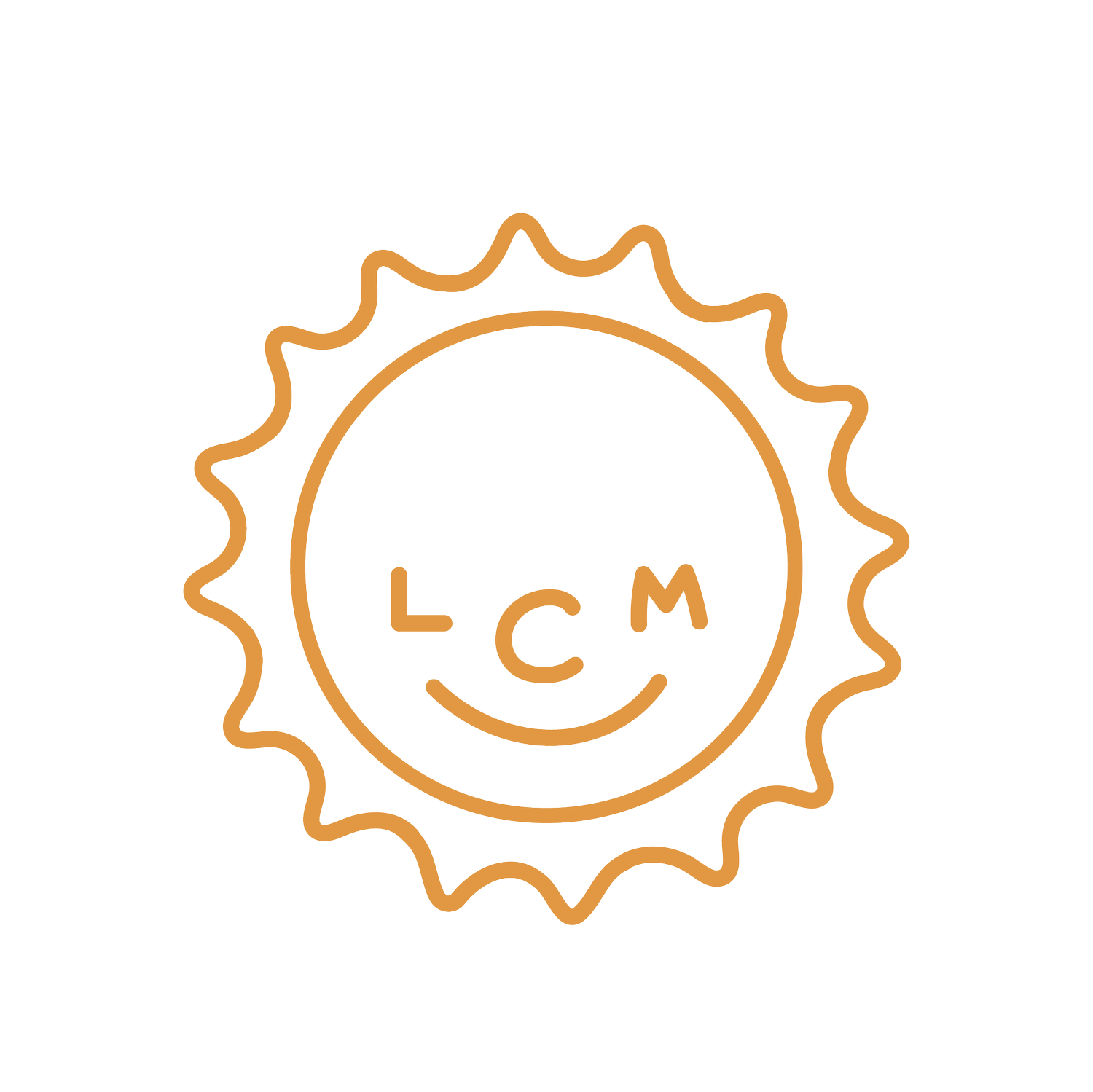How those bright ideas come to be:
(As told through the seven E’s).
1. Establish
It’s essential to start by identifying the problem. Why are we making this? What purpose does it serve? Who is it for? What are the means? What kind of experience do we want to leave people with? These are all key elements to establish before starting any project.
2. Empathize
Once we’ve figured out the problem, it’s time to empathize with the user. What kind of person are they? How do they go about their day to day lives? What are their wants, needs, and desires? What is going to drive them to use our product or service? Empathizing with the user is one of the most important parts of this process because we need to understand who we’re designing for.
3. Explore
Now for the fun stuff, it’s time to explore! This can be anything from searching the depths of the local library, to taking a walk through the isles of the grocery store, to surveying people as they exit an office building. This requires going beyond the digital form of research; it means getting up from behind the screen and gaining insight based off of real human experiences. There is so much to learn from the world around us. The more we explore, the more knowledge we can obtain to create accurate, thoughtful, and purposeful designs.
4. Experiment
Ideate, ideate, ideate. Sketch logos, write out ideas, and think of overarching concepts. Strategize on ways to best accomplish our goals by solving the problem we established at the beginning. At this stage no idea is a bad idea. Through trial and error you’ll find that in 100 bad ideas there’s 10 pretty good ideas, and in those you’ll find 1-3 brilliant ideas. This is a great stage to play: to bounce ideas back and forth with other people and come up with as much substance to work with as possible.
5. Expand
Now that we’ve gotten everything out, the good and the bad, it’s time to expand upon these ideas. Narrow down what’s working, and develop it further. This stage is more about iterating on what’s successful than ideating new ideas. This is when the graphic design starts to come in: building upon sketched logos, translating written copy to a visual format, and making things designed while still staying true to the overall concept.
6. Examine
Now that you’ve designed a few things, take a second to look back. Think about your audience, your goal, and your means. Are all of the needs being met? Have you strayed too far away from the original idea? Are your means the best solution for the problem you’re solving? It’s okay to take a moment and realize that maybe what you thought was working isn’t working. Maybe another trip to the grocery store helped you recognize that your solution doesn’t fit the type of audience you’re designing for. If you need to go back to any of the previous stages and continue the cycle over again, that’s much better than being satisfied with a mediocre result.
7. Enjoy
Once you’ve addressed the audience, solved the problem, and fulfilled the means, you can enjoy the work you’ve created. It might seem like a nonsensical final step, but I’d argue it’s paramount. In this fast-paced ever-changing world, it’s significant to acknowledge the simple pleasure of a job well done.







